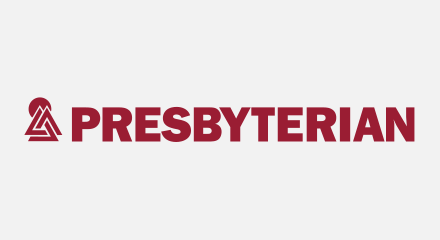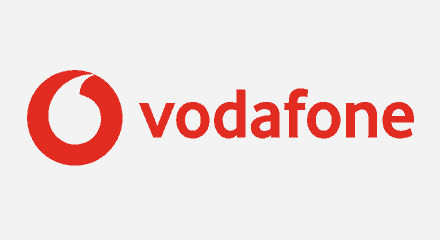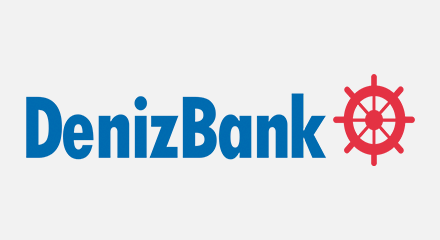Investment in progressive digital solutions
BARMER provides insurance for more than 9 million customers and has a total budget of 39.2 billion euros, making it one of the top companies in the German health insurance market. Despite its size, one of the insurer’s key aims has always been to personalize its service as much as possible. In order to achieve this goal, the company operates approximately 400 branches across Germany and invests heavily in progressive digital solutions that benefit the company, employees and customers alike. One of these is a “teledoctor” app that allows customers to consult a physician from their smartphone and receive medical advice anywhere via a 24-hour telephone hotline or an online consultation.
Maintaining such close contact with its customers required BARMER to employ enough staff to be available throughout Germany, at any time of day, 365 days a year, free of charge. BARMER invested a great deal in this service, to ensure that calls are taken by social insurance professionals and queries are answered immediately.
Real omnichannel with expanded voice recognition
In order to manage the high call volume, the insurer created a telephone branch years ago and has been expanding it ever since. It now processes over one million calls per month. Its more than 1,000 employees proved extremely capable from the start; shortly after the system was implemented, they were successfully resolving 80% of queries and only forwarding 20% to a team of specialists. From the outset, customers were also able to choose their preferred channel of contact. For example, BARMER employed around 30 agents to deal exclusively with the online chat.
However, the company wanted to offer its customers an even better service. So, they joined forces with atip and Genesys to realize an innovative new speech recognition system.
“And it delivered everything we had expected,” said Jörg Kaiser, Head of Call Centers at BARMER.
To achieve this result, a great deal of attention to detail was incorporated right from the initial planning stage. As a result, the system recognizes and categorizes the caller’s query or problem from his or her very first words. While in the past, this would have taken up at least 30 seconds of the agent’s time, the process is now fully automated and thus much more efficient — especially since the system only transfers calls once it has fully identified the caller, their reason for calling and the appropriate team for the job.






